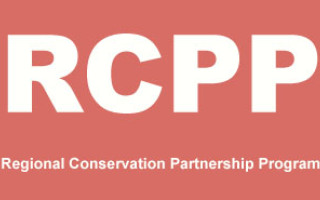Rice Fields Provide Habitat for Wildlife
Fields Alive with Life in the Summer
By Melissa Moe, Associate Editor
Rice fields provide a great source of food for consumers, but they also provide a great habitat for all kinds of wildlife, especially birds. Matthew Sligar is a third generation rice grower in Butte County. His rice fields are exploding with life this time of year.
“Right now, in the middle of summer, we have ducks that are nesting, so it’s really beautiful to see the baby ducks swimming around in the rice fields. But we have everything from frogs, snakes, raccoons, rabbits, tons of insects that don’t damage the rice. So it’s a beautiful summertime,” he said.
The wildlife that can be seen in the area is very diverse. In the wintertime, different birds come to visit his rice fields. Sligar provides a habitat for migratory birds flying south for the winter.
“After we harvest the rice, we disc and mow the rice straw that’s left in the fields, and we incorporate that into the ground. Then we flood the rice fields, and keep it that way the entire winter. That’s to help decompose the rice straw, and what that does is provide a perfect, natural habitat for those migratory birds, so you’ll see thousands of birds in the rice fields, just ducks, geese, shore birds, gulls, all kinds,” he said.
Watching these birds can be very rewarding. With declining natural habitats for these birds and other wildlife to live in, rice fields are a great place for these animals to thrive.
“It’s just amazing to see the feathers floating on the water, because there’s just so many, and they’re landing. It’s just a beautiful sight, and really rewarding actually,” he said.















